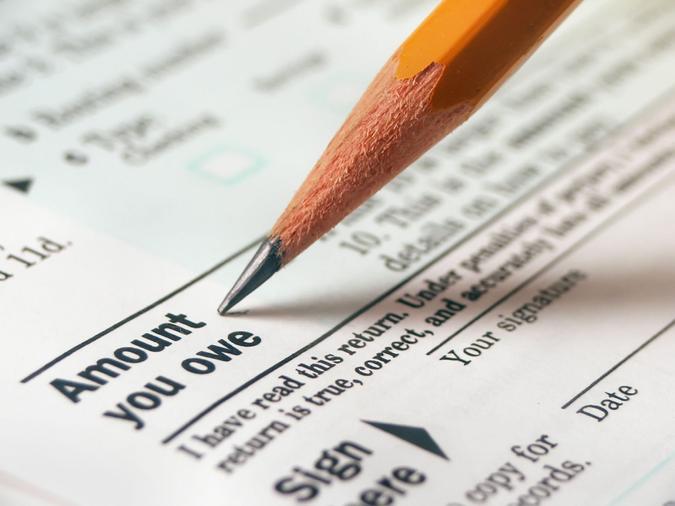
MrsStewart / Getty Images/iStockphoto
If you can’t pay your tax bill in one lump sum, one alternative option is to set up a payment plan with the IRS. A payment plan is an agreement with the IRS to pay your taxes within a certain amount of time. Your tax situation will also determine which payment options are available to you.
See: How COVID-19 Relief Will Affect Your Taxes
Find: How To Avoid Paying Taxes Legally — and the 11 Craziest Ways People Have Done It
Payment Plan Options
You may qualify for a long-term payment plan if you owe $50,000 or less in combined tax, penalties and interest, and filed all required returns. While there’s typically a setup fee, low-income taxpayers may qualify to have the fee waived or reimbursed. Additionally, if you filed your return on time, the late-payment penalty rate is cut in half while an installment agreement is in effect.
You may qualify for a short-term payment plan if you owe less than $100,000 in combined tax, penalties and interest. The payment period is 180 days or less and there’s no fee for setup.
Requesting a Payment Plan
To request a payment plan, use the Online Payment Agreement (OPA) application, complete Form 9465 (Installment Agreement Request) and mail it to the IRS — or call 1-800-829-1040.
Ways to Pay
The IRS has several options for making monthly payments:
- Electronic funds withdrawal (EFW).
- Direct Pay.
- Electronic Federal Tax Payment System.
- Payment by debit card, credit card or digital wallet via phone or internet.
- Payment via check or money order.
- Payment with cash at a retail partner.
IRS Online Account
Use your IRS online account to see important information such as balances or notices. You can make a same-day payment for a 2021 tax return balance, or on your estimated taxes, and request an extension to file. These are all due by the April 18 deadline for most taxpayers.
Pay What You Can
According to the IRS, even partial payments can limit penalty and interest charges. Direct Pay through IRS.gov. is the fastest way to make a payment.
Learn: Earn the Maximum Tax Refund With These Two Tips for Your 2021 Filing
Explore: 23 Ridiculous Tax Loopholes
The IRS also encourages taxpayers to consider other options for payment, such as getting a loan to pay what’s due. Loan costs may be lower than combined interest and penalty charges. Typically, the late-payment penalty is 0.5% per month. The interest rate, adjusted quarterly, is currently 3% per year, compounded daily.
More From GOBankingRates
"payment" - Google News
March 24, 2022 at 10:05PM
https://ift.tt/pm2bkD5
Owe the IRS? Set Up a Payment Plan To Avoid Paying Immediately - GOBankingRates
"payment" - Google News
https://ift.tt/31zd5Uo
https://ift.tt/b6NYAq4
Bagikan Berita Ini














0 Response to "Owe the IRS? Set Up a Payment Plan To Avoid Paying Immediately - GOBankingRates"
Post a Comment